The Liberation War of Bangladesh began on 26 March 1971 and finished on 16 December with Bangladesh’s independence, continuing for almost 9 months.
This armed liberation struggle culminated in East and West Pakistan’s miserable relations on several serious issues, including multiple perpetrations, adversity, unequal financial distribution system, and deprivation of administrative authority.
If you want to know the Libration War of Bangladesh’s detailed history, then the post is suitable for you. Stay with me till the last of the article to know detailed information.
Table of Contents
The Liberation War of Bangladesh
The problems that have plagued relations between the two parts of Pakistan since the end of British rule in 1947 include land reform, inequality between the two purveyances in terms of the state language, economy and administration, regional autonomy, East Pakistan’s advocacy system, and others. I will discuss the history of the liberation war of Bangladesh here continuously. To know the history, stay with me till the end.
Background Behind The Liberation War of Bangladesh
The Liberation War of 1971 is the best chapter of the national history of Bangladesh. After a long period of nearly two hundred years of British misrule and misrule, two separate states, Pakistan and India, emerged in the Indian subcontinent on 14 August 1947 based on the biracial theory. Although Pakistan comprises Muslim-majority areas and India comprises Hindu-majority areas, Bangladesh is part of Pakistan only for religious reasons.
When East Bengal and West Bengal were officially divided into the Radclip Awards on 12 August 1947, Pakistan was established on 14 August 1947. Pakistan was divided into West Pakistan and East Pakistan. The people of East Pakistan hoped that their aspirations would be fulfilled at that time.
East Pakistan’s people also hoped that their expected independence would be initiated in Pakistan’s new state to enjoy a better life. But their thoughts were wrong. West Pakistan has been economically deprived. Thus, the liberation war of Bangladesh’s background was created with the conspiracy of West Pakistan.
Language Movement
The basis of Bengali nationalism is the Bayanna language movement. The importance of the language movement behind the establishment of independent Bangladesh is undeniable. Even though Bengali is the mother tongue of most people of all Pakistan, attempts were made to impose Urdu as the state language in East Bengal in a completely undemocratic manner.
Thus, a massive movement for the establishment of Bengali as the state language began on 2 September 1947 with ‘Tamuddun Majlis’ on some teachers and students of Dhaka University, and the final success of that movement came on 21st February. As per the pre-decision, a protest rally was called on the campus on February 21.
The procession came out at the end of the rally. The loud procession demanding the language marched towards the provincial building. Lots of police were deployed in Dhaka that day. Police opened fire to disperse rallies desperately.
Salam, Barkat, Rafiq, Jabbar, Safiur, and other youths fell on the highway one by one due to police firing. Eventually, in the face of intense protests, the Pakistani government was forced to bow.
Disparities In The Liberation War of Bangladesh
In 1947, the Indian subcontinent was divided into Pakistan on 14 August and India on 15 August. Discrimination and neglect towards the then East Pakistan started soon after the creation of the state of Pakistan. West Pakistan started disparity in East Pakistan in many ways. I have collected a list of disparities in West Pakistan below.
| Year | Spending on West Pakistan (in millions of Pakistani rupees) | Spending on East Pakistan (in millions of Pakistani rupees) | Amount spent on East as a percentage of West |
| 1950–55 | 11,290 | 5,240 | 46.4 |
| 1955–60 | 16,550 | 5,240 | 31.7 |
| 1960–65 | 33,550 | 14,040 | 41.8 |
| 1965–70 | 51,950 | 21,410 | 41.2 |
| Total | 113,340 | 45,930 | 40.5 |
[Source: Reports of the Advisory Panels for the Fourth Five Year Plan 1970–75]
Operation Searchlight
Operation Searchlight referred to the planned genocide of the Pakistani army on March 25, 1971. This operation aimed to weaken the Bengalis by arresting and killing prominent Awami League leaders, dent leaders, and Bengali intellectuals in Pakistan’s major cities, including Dhaka.
Major General Khadim Hussain Raja, the GOC of the 14th Division, and Major General Rao Farman Ali drew up the original plan of the operation in early March, based on a resolution adopted at a meeting the Pakistan Armed Forces on 22 February 1971. This horrific genocide marked the beginning of the Bangladesh Liberation War of 1971, and as a result, Bangladesh was established as an independent state on 16 December 1971.
Declaration of Independence
On the orders of Yahya, the dictator of Pakistan, his army attacked the then East Pakistan (now Bangladesh) people on March 25. Sheikh Mujibur Rahman, the Awami League’s main leader, the party that won the election this night, was arrested and taken away.
Shortly before his arrest, Bangabandhu issued a declaration of independence through the East Pakistan Rifles (EPR). On 26 March, some Chittagong Betar officials and local Awami League leader MA Hannan first mimicked Bangabandhu’s declaration of independence.
Later, on the night of March 26, Major Ziaur Rahman read out the Declaration of Independence on behalf of Bangabandhu from the Kalurghat radio station in Chittagong. With the military’s top officer’s announcement on behalf of the main political leader, the Bengalis were convinced that the war of independence had begun, and everyone joined the liberation war in groups.
Liberation War
Millions of men and women took refuge in neighboring India to save their lives from the persecution and oppression of the Pak aggressors. Among them, Colonel Muhammad Ataul Gani Osmani (M. A. G. Osmani) formed a huge guerrilla force and naval commando force. Also, he formed the Air Force.
The Air Force carried out its first airstrikes in Chittagong and Dhaka on 4 December with their own aircraft. To conduct the war, the whole of Bangladesh was divided into 11 sectors. And appoints a commander in each sector. Under these commanders, the freedom fighters put up a strong resistance against the invaders. The war of liberation intensified in late November 1971.
On 3 December, Pakistan declared war on India. From December 4, the Mukti Bahini and the Indian forces jointly defeated the Pakistani aggressors. On 6 December, India officially recognized Bangladesh. Between 4 December and 12 December, the Mukti Bahini captured all the Pak army aircraft in Bangladesh. In a joint attack by the freedom fighters and the allied forces, different parts of the country were liberated by 13 December.
Surrender and Aftermath
On 14 December, the combined forces took up a position just 14 km from Dhaka. On the afternoon of 16 December, at the Racecourse Maidan (now Suhrawardy Udyan), Lieutenant General Niazi, Commander of the Pakistan Army in Bangladesh, signed the surrender document in front of thousands of cheerful people.
About 93,000 Pakistani soldiers surrendered, the largest surrender since World War II. Many desired victory for the people of Bangladesh was achieved nine months after the start of the war.
Although the Pakistani army surrendered on 16 December, it took until 22 December for all Pakistani troops across the country to surrender. On the day of the Pakistani forces’ surrender, the US Seventh Fleet entered the Bay of Bengal in the southernmost part of the Bay of Bengal. But Bangladesh was then completely free from the occupation of Pakistan.
International Recognition
On December 6, 1971, Bhutan and India, the two countries in South Asia, were the first to recognize Bangladesh as an independent and sovereign state formally. A few hours after the first recognition of Bhutan, at 11 pm, India gave second recognition to Bangladesh through All India Radio. The government officially announced the diplomatic recognition of Bangladesh.
Conclusion
After the war of liberation, we got the freedom of our motherland. But, even after five decades of independence, our fortunes have not developed. Even then, Bangladesh will be established in the heart of the world as a happy and prosperous country by erasing all failures and filth – this is the wish of all. Even now, the people of Bangladesh are dreaming of a new aurora, a new awakening, a new sun.
Okay, readers. It is a detailed discussion about the Liberation War of Bangladesh. Now inform your opinion and feelings after reading the whole article. If you think that the thesis is beneficial to you, please share this information with others.
To know more information related to the topic, please leave a comment through the comment section. Thank you for visiting the site and remaining with me in the long run. Please stay connected with our site to get more updated.

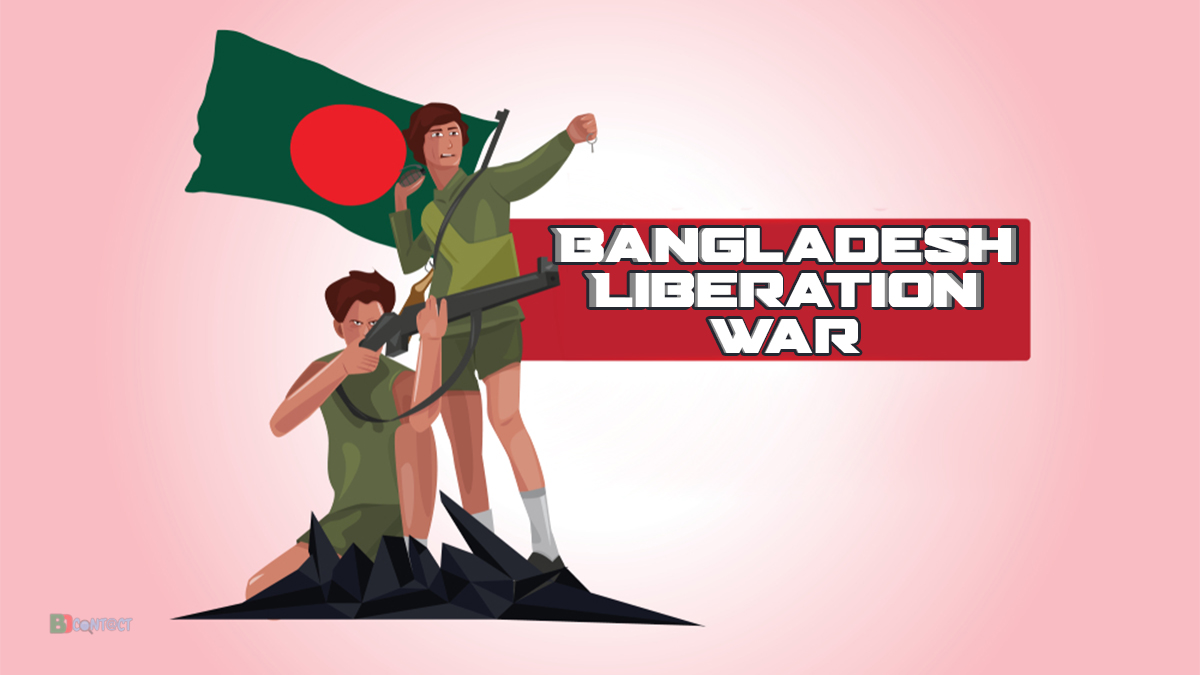


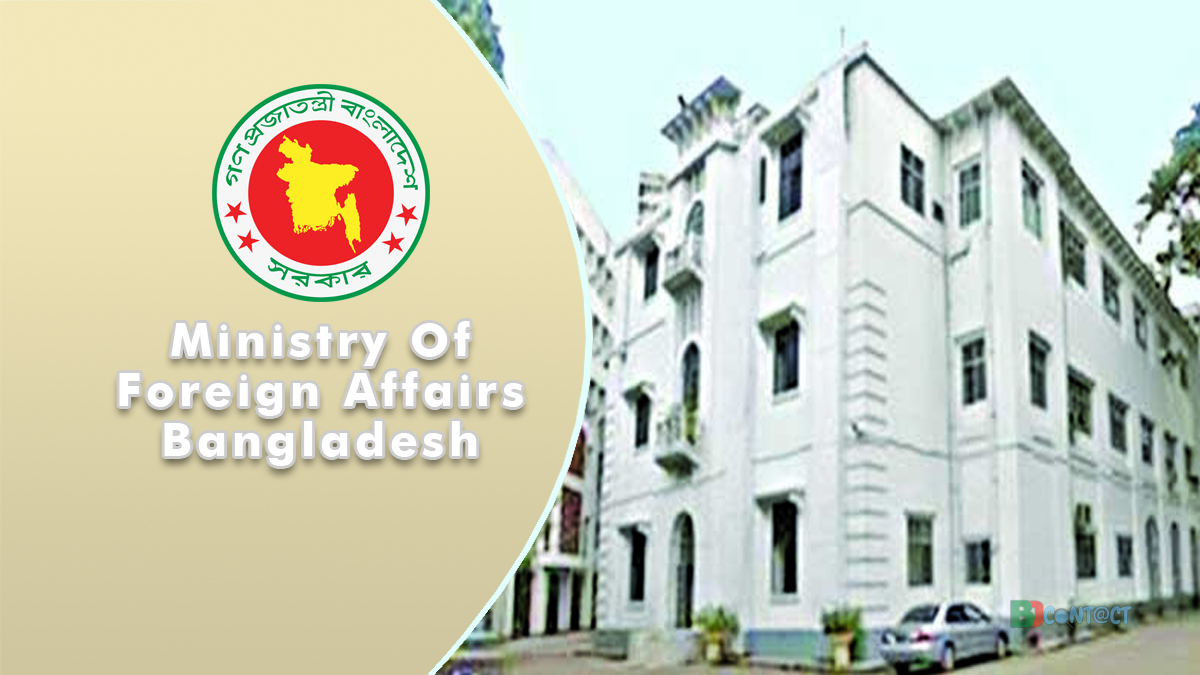
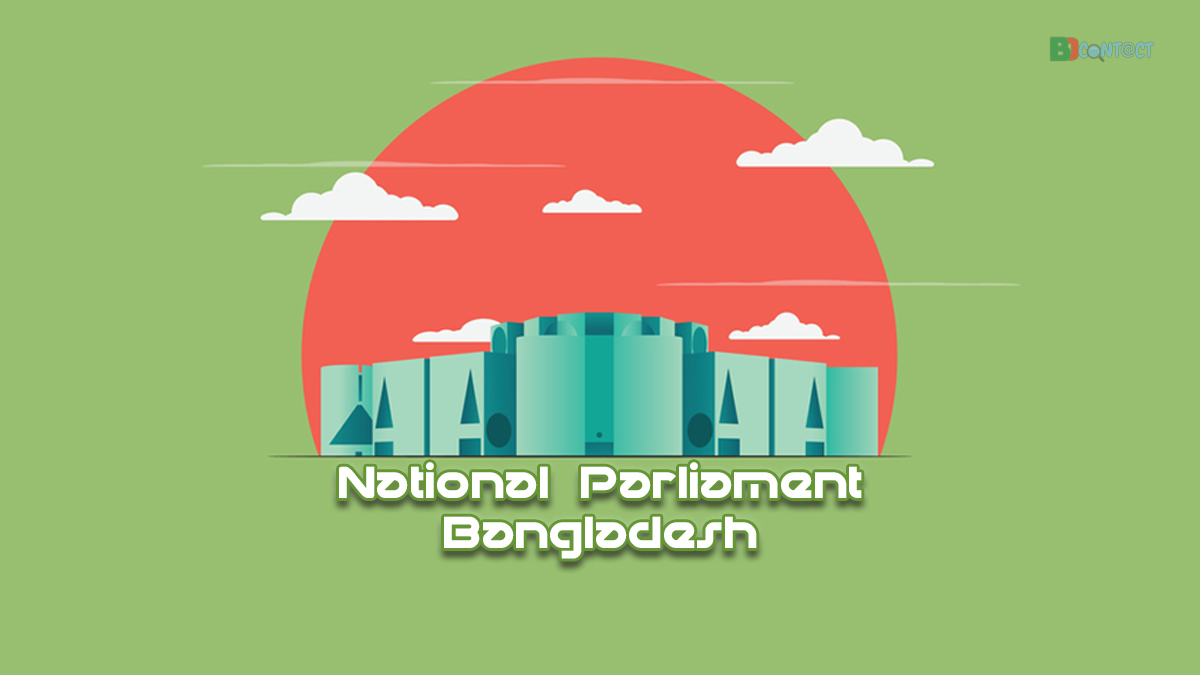
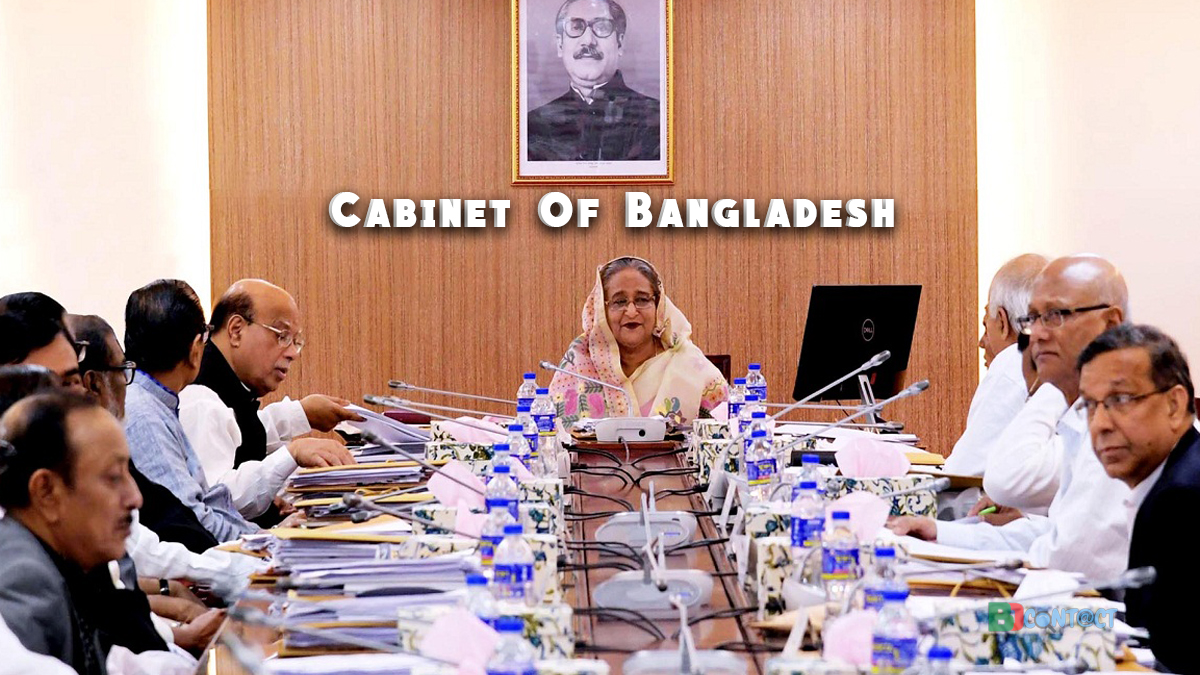
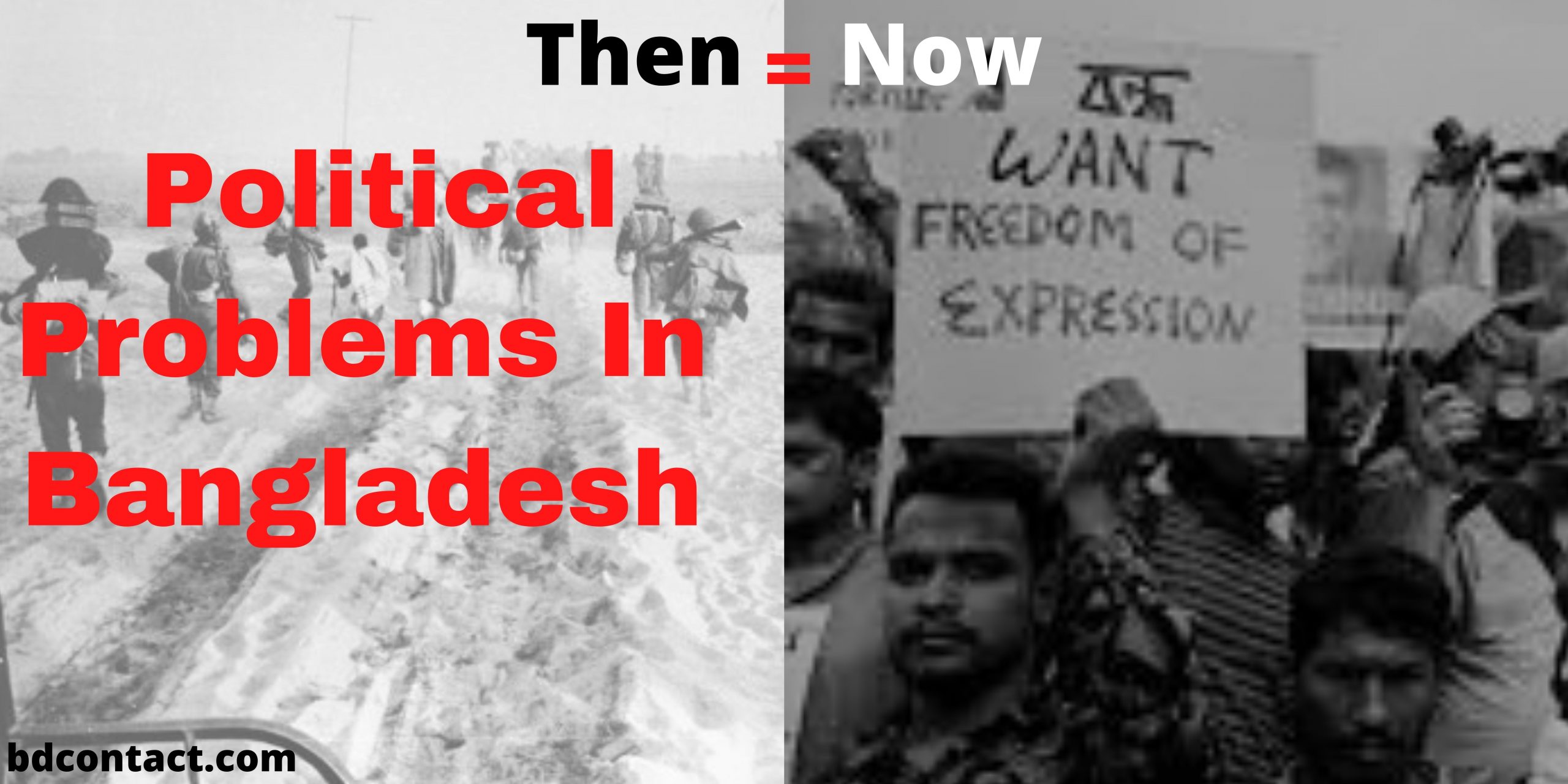
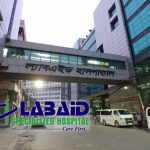



Comments